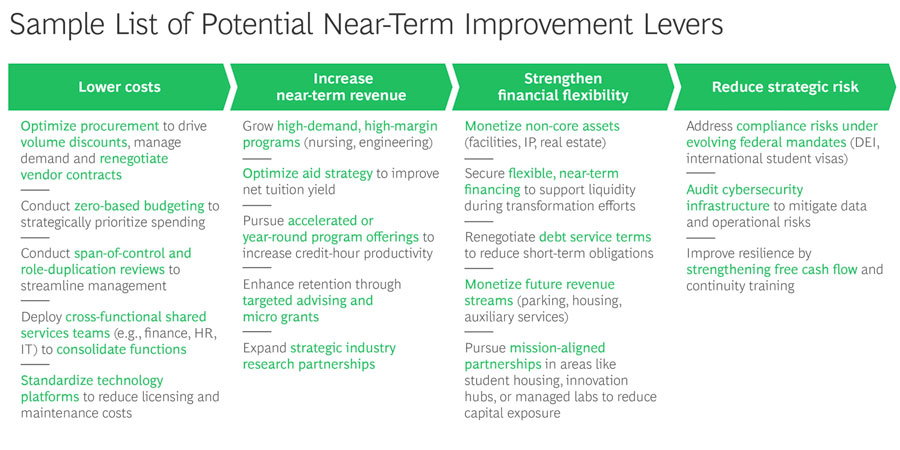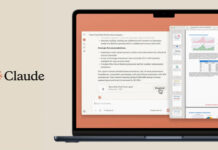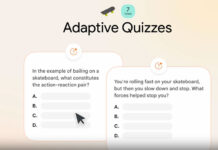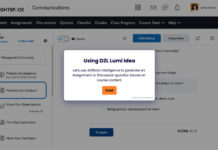IBL News | New York
Colleges and universities face an existential crisis due to converging pressures from lower enrollments, including restrictions on international enrollment, federal cuts, the emergence of AI, and changing societal expectations, stated a report from Boston Consulting Group (BCG), titled “US Higher Education’s Make-or-Break Moment.”
To build a future-ready and more resilient organization, these institutions must accelerate investment in digital infrastructure, workforce-relevant programming, deeper industry partnerships, and scalable revenue streams, advises the consultancy group.
Moody’s predicts that American schools will see a $750 billion to $950 billion rise in capital needs in the next ten years, while the Federal Reserve Bank of Philadelphia estimates that up to 80 universities may close by 2030.
Reinvention is an ambitious but achievable goal as strengths and disruptive opportunities converge. The BCG points out these:
- Teaching and Research Reinvention. Advances in AI are unlocking new ways to enhance learning and discovery, personalize student experiences, and rethink the educator’s role.
- Efficient Operations and Support Systems. Institutions can harness data analytics, automation, and agile processes to streamline back-office functions, enhance service delivery, and enable faster, evidence-based decision making.
- Strategic Institutional Assets and Partnerships. Universities’ intellectual capital, brand equity, and stakeholder trust are potential catalysts for innovation that can be multiplied through partnerships with government, nonprofit, industry, and community players.
AI has the potential to reshape every operational function. According to a 2024 global survey by the Digital Education Council, 86% of students are already using AI in their studies. In this context, administrations need to modernize outdated processes, including acquiring new skills and capabilities.
In terms of the federal pressure and funding cuts, BCG estimates that the potential impact of the combined economic and policy changes on an illustrative university (with a $1.5 billion operating budget, 10,000 to 15,000 students, and a $400 million to $500 million research portfolio) can range from $125 million to $250 million annually.
“What is required is a strategic reinvention of the business model, shifting from high-fixed-cost structures that are dependent on enrollment and federal research funding to more agile, modular, and mission-aligned platforms,” says the report.
A change agenda can include:
- Diversified course offerings and academic revenue sources, including a range of teaching modalities (such as online, hybrid, and executive education)
- Strategically focused, high-ROI curricula aligned with employer needs and emerging fields (like data science, cybersecurity, health care, and advanced manufacturing), integrated experiential learning, and partnerships to deliver strong employment outcomes
- Sophisticated enrollment, discounting, and retention management measures, including data-driven segmentation, optimized pricing strategies, and targeted, technology-supported student support (such as advising) to improve yield and retention
- Becoming an AI-powered—or AI-first—organization. Virtual assistants that proactively guide students through complex decisions using predictive analytics can provide real-time, contextualized support across admissions, financial aid, and academic advising. In addition, it is suggested that real-time dashboards drive data-informed decision making and digital tools that connect financial, educational, and public-value metrics for smoother administrative functioning.


 En Español
En Español










![OpenAI Released Apps that Work Inside ChatGPT and an SDK [Video]](https://iblnews.org/wp-content/uploads/2025/10/openaieventday-218x150.jpg)



![Apple Marketed Its New iPhones As a Best-In-Class Hardware, Not As an AI Device Maker [Video]](https://iblnews.org/wp-content/uploads/2025/09/iPhoneair-218x150.jpg)







